When it’s too Hot to Mow Your Lawn!
A healthy lawn provides you and your family with a green, lush and welcoming environment. However, when temperatures rise and the harsh summer sun beats down on your lawn, the ...

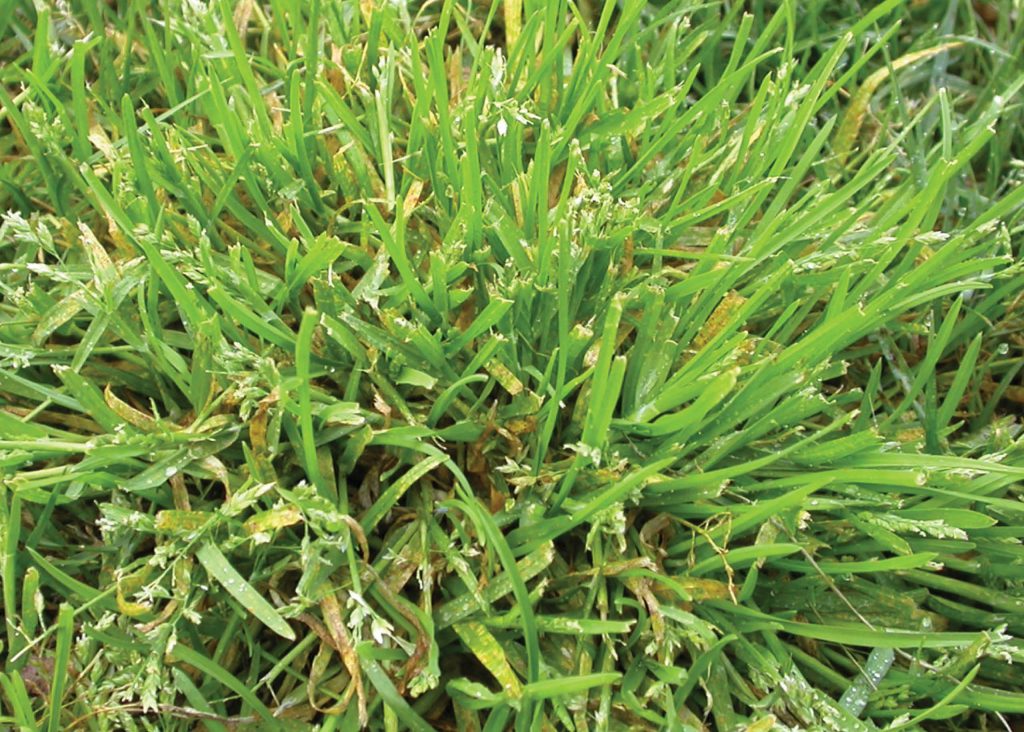 Rather than waiting until weeds appear in your lawn and before you decide what to do about them, it’s usually best to plan how you’ll manage them ahead of time.
Rather than waiting until weeds appear in your lawn and before you decide what to do about them, it’s usually best to plan how you’ll manage them ahead of time.
Think prevention rather than eradication. Having a good weed control strategy has benefits: it means less work for you and a much better result in both the short and long term.
Pre-emergent herbicides play an important role in this strategy by allowing you to interrupt the vicious cycle of weed growth, flowering, producing seed and having even more weeds turn-up the following year. They can be effective on both broadleaf and grass weeds.
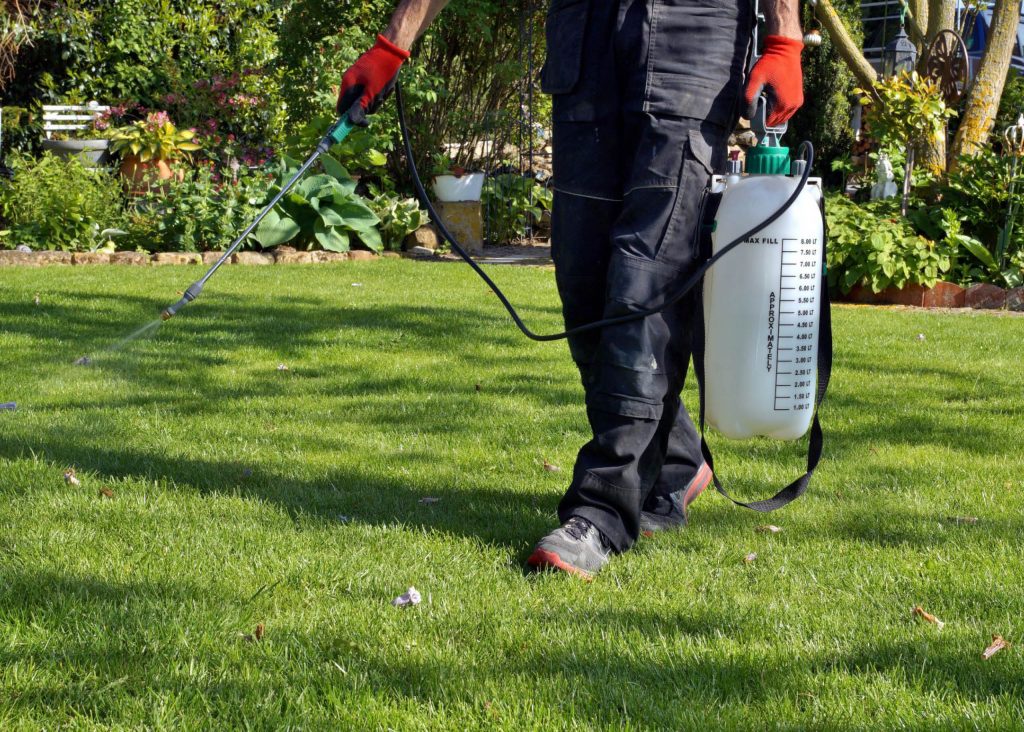 As the name suggests, pre-emergent herbicides are applied before weeds start growing.
As the name suggests, pre-emergent herbicides are applied before weeds start growing.
They don’t stop weed seeds from germinating but target the new plants when they’re at their most vulnerable – as tiny sprouts reaching up towards the surface.
The active ingredients can inhibit cell division in the seeds, prevent root growth or affect enzymes that are essential for plant growth.
Pre-emergent herbicides won’t knock down existing weeds or sterilise weed seeds that are already present.
For this reason, it’s best to start by thoroughly removing those weeds before adding pre-emergents to your regular lawn care routine.
Pre-emergents have a residual effect that can last for about three months. This is long enough to combat most of the weeds that will develop during the season.
Pre-emergent herbicides are available in two main types: granular and liquid.
Granular herbicides applied with a hand spreader are easier to use than liquid forms which must be carefully mixed at the correct rates before spraying.
Whichever type you choose, it must be thoroughly watered in to ensure it creates an effective barrier in the soil.
Some products, commonly known as weed and feed products, also contain fertiliser to encourage vigorous growth in your lawn and help it outcompete any weeds.
Remember that not all pre-emergents will work against all weeds. Selective herbicides will target only specific weeds so make sure you understand which weeds you want to tackle and check that they’re listed on the product label.
When you’re reading the label, make sure the product is suitable for use on your grass type.
Always read the safety directions and instructions on the product label before use. Wear safety glasses and gloves to avoid irritation from skin and eye contact.
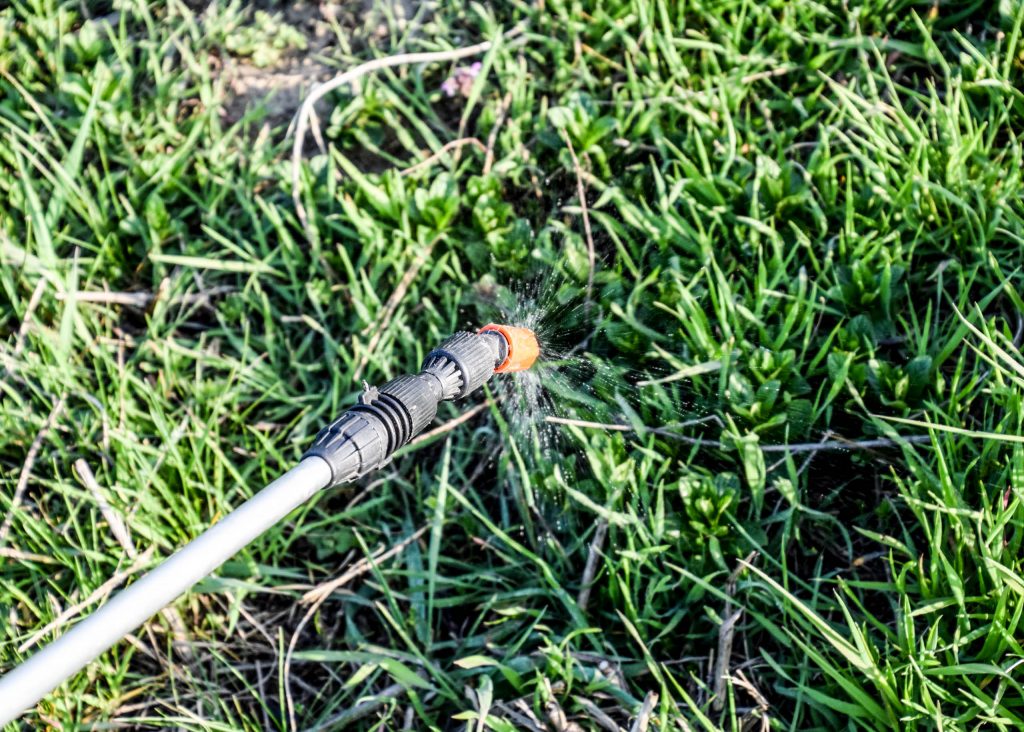 Timing depends on which weeds you need to target.
Timing depends on which weeds you need to target.
If the problem weeds are most common in summer, the best time to apply a pre-emergent will be in spring. If you struggle with winter weeds, the best time will be autumn.
Winter is a good time to get on top of the onslaught of weeds such as Nut Grass, with a good pre-emergent selective herbicide. Over a 12-week period you can do 2-3 applications to ensure your lawn is 100% “clean” of weeds for spring.
Pre-emergent herbicides are broken down by exposure to sunlight and the actions of soil microbes, so applying the herbicide too early will reduce how long it will be effective during periods of active weed growth.
Monitoring soil temperatures can be helpful for deciding whether to put it out early, mid or late in the season.
Depending on where you live, soil temperature information is available from the Bureau of Meteorology website, but measuring temperatures in your own yard will be more accurate. Simple gauges, often labeled propagation or soil thermometers, can be bought online or at your local garden centre.
As well as indicating the best timing for weed control, soil temperatures can be useful for being proactive against insects and fungal diseases, especially those that affect the roots.
As an example, Winter Grass (Poa annua) starts germinating in autumn when soils cool down to 21 degrees Celsius.
By contrast, the Digitaria species of grasses commonly known as Crab Grass, Finger Grass and Fonio begin germinating in spring when temperatures rise to 12-15 degrees, and Crowsfoot Grass (Eleusine indica) seeds start at 16-18 degrees.
There are several pre-emergent herbicides available in the myhomeTURF online shop.
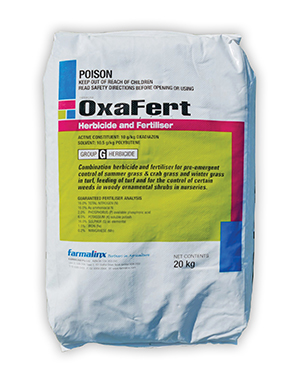
Farmalinx Oxafert 20kg is a combined fertiliser and pre-emergent herbicide that targets Summer Grass, Crowsfoot Grass, Winter Grass and broadleaf weeds such as Bindii, Wireweed and Creeping Oxalis. It is suitable for use on Zoysia, Kikuyu, Couch and Buffalo lawns, but should not be used on recently-laid turf.
SHOP NOW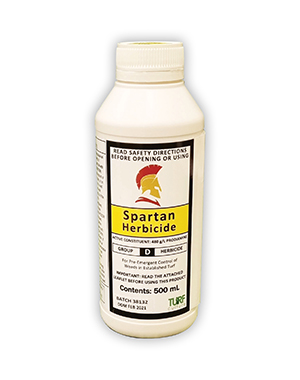
Turf Culture Spartan 500ml offers up to six months’ control of Crowsfoot Grass, Summer Grass, Winter Grass, Paspalum and other grassy weeds. It is suitable for use on established Zoysia, Kikuyu, Couch and Buffalo lawns.
SHOP NOW